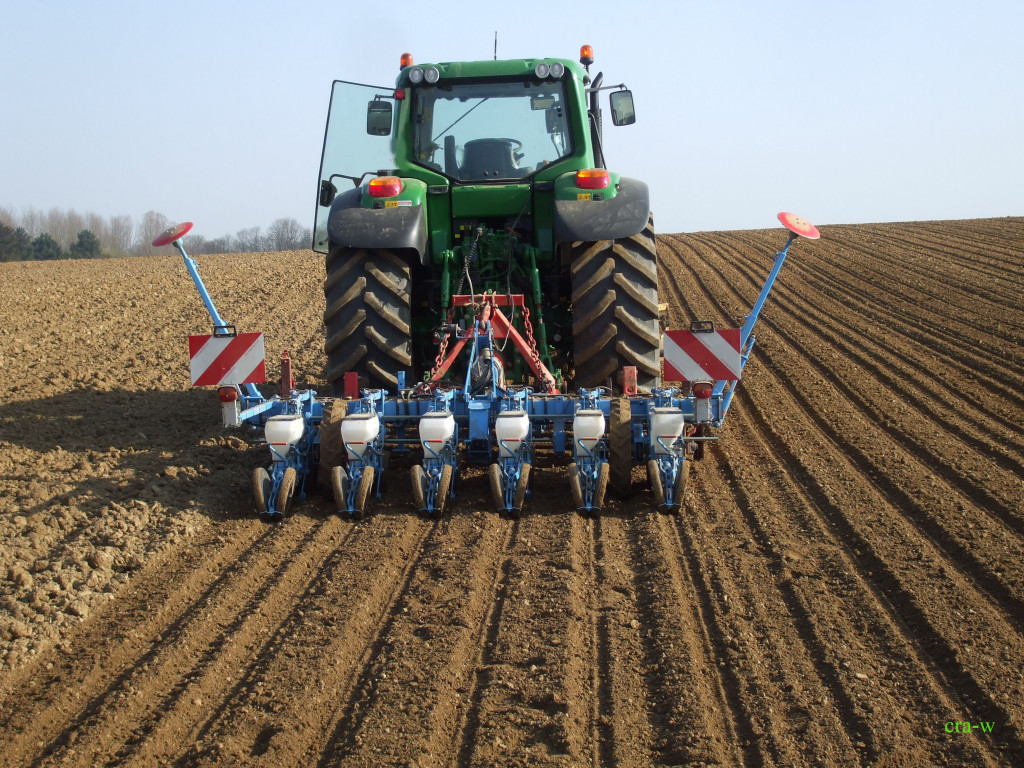Modern farmers want greater convenience, and automatic guidance is part of that. This easy-to-use system lends itself to a number of operations on the farm.
In cooperation with John Deere CRA-W has launched a study aimed at determining the accuracy of the AutoTrac automatic guidance system in conjunction with the various correction signals offered by the manufacturer. The innovative aspect of this research is that the measurements are made at tool level rather than at aerial level.
In the initial stage of work we demonstrated the vital importance of correctly configuring all aspects both of the tractor and of the tool according to the ground conditions. Trials in the second stage showed that the shorter the interval between two successive passes, the greater the accuracy.
The research also showed that correction signal SF1 improves the accuracy. The accuracy quoted by John Deere is 30 cm, whereas in the field the maximum deviations were around 15 cm 95% of the time. This correction signal will be recommended for large-area work such as tillage and spreading of fertilisers or manure. Correction signal SF2 meets the quoted accuracy with deviations of not more than about 10 cm for 95% of the time. However, the average deviation value is around 4 cm. This level of accuracy is ideal for most operations, from sowing to harvesting. The most repeatable and most precise of the signals used in the trials was the RTK signal. This provides accuracy of 2 cm on average, but its key benefit is that it enables the tractor to be guided down the same tracks with the same accuracy. The maximum deviation is rated at 5 cm 95% of the time in a crop row.

